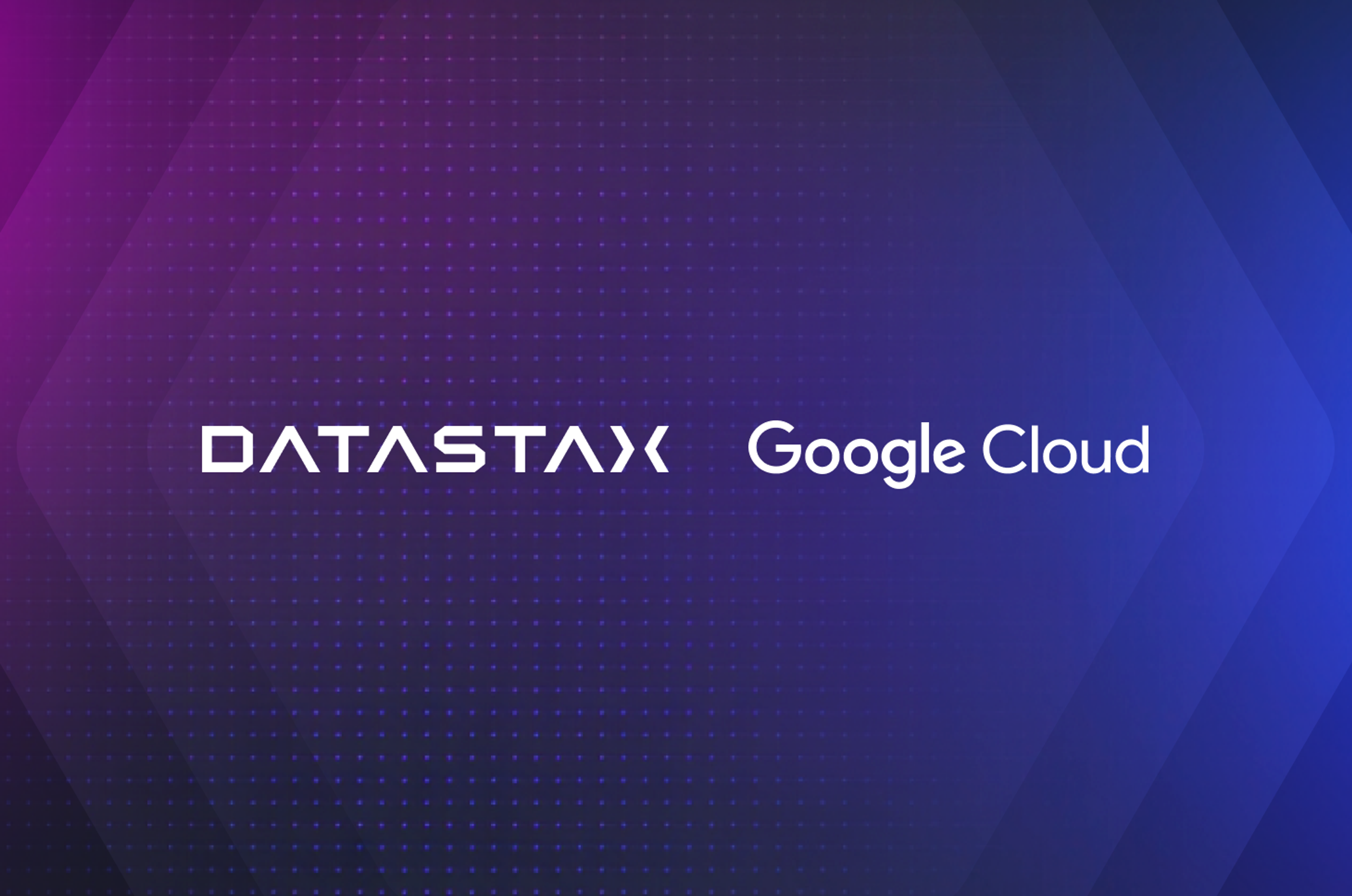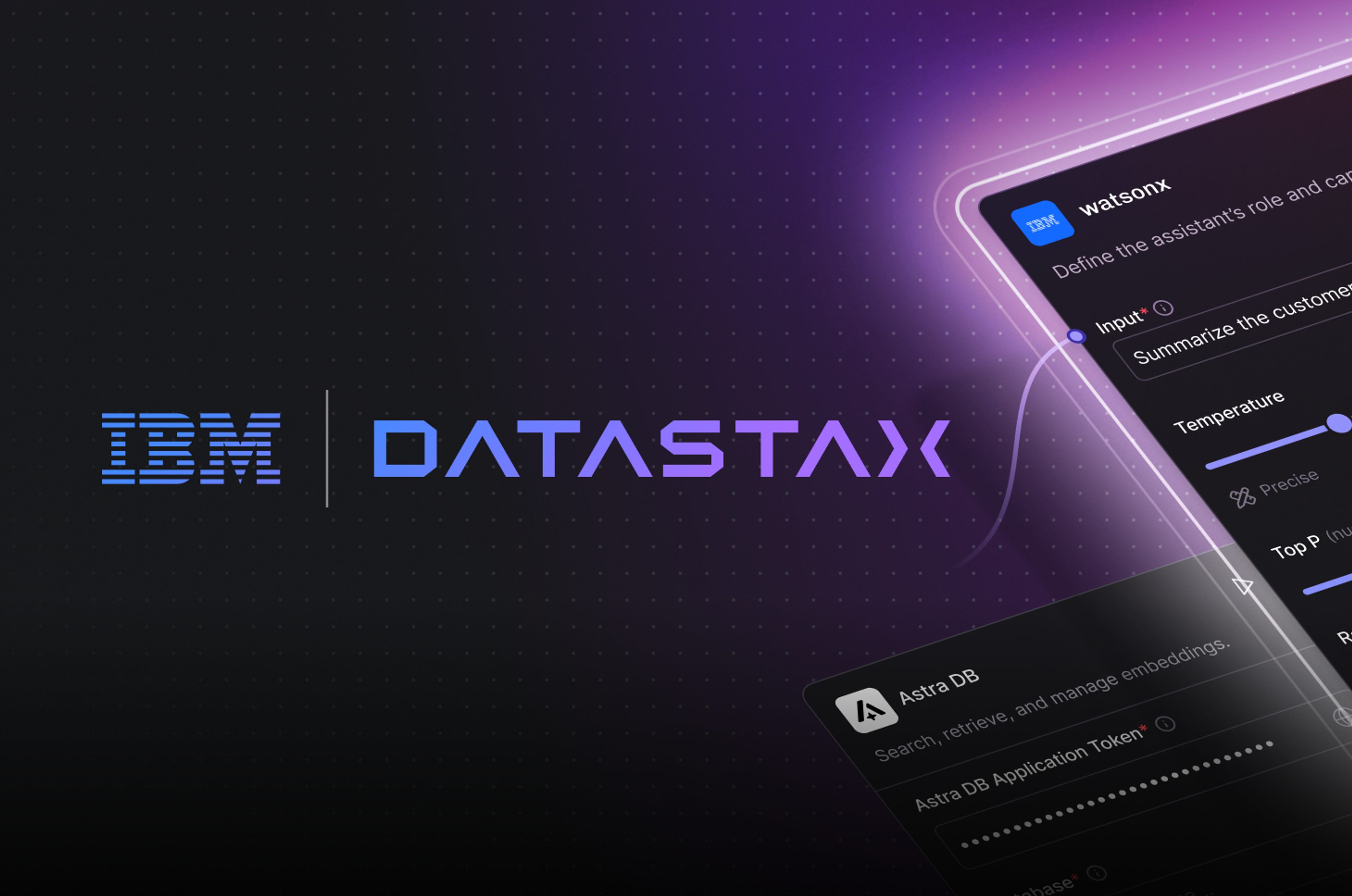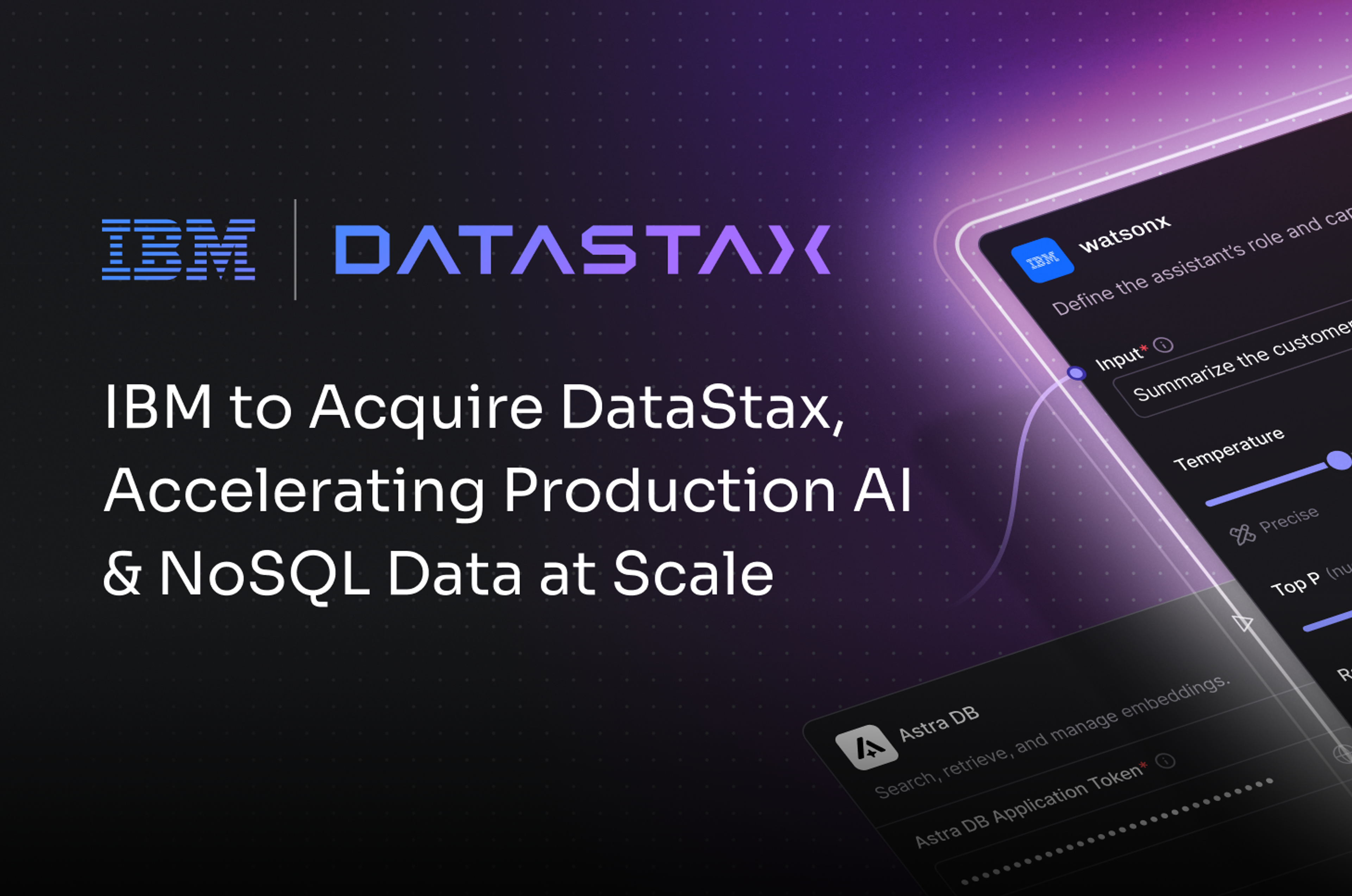It may be the day of love but it’s also, quite often, a day of stress for major retailers and the database administrators in charge of keeping their applications running smoothly.
While it’s not a national holiday where people spend weeks shopping or take the day off work, Valentine’s Day is still responsible for a significant amount of retail sales every year — The National Retail Federation forecasted Valentine’s Day spending to reach $19.6 billion in 2018 alone, the second-highest number in the survey’s 15-year history.
Now that retailers have come out of the spending rush from Black Friday, Christmas, and other winter holidays, they have some time to make adjustments for another round of retail traffic spikes and increased spending, both online and offline.
Just like over Christmas, around this time of year, too, database administrators are working frantically to mitigate disruptions from the surge in online visitors. To mitigate downtime and ensure the best possible shopping experience for their customers, retailers need to have three main things going for them, as far as their database and data management strategy:
1. Build for Infinite Scalability
In the event a retailer is anticipating a higher volume of traffic and sales than previous years, either because of a bigger marketing budget that will drive more customers to the store this year or because of a new product launch over Valentine’s Day, the company needs to implement an affordable and scalable solution for rapid growth.
Relational databases can’t provide the linear scalability retailers need to handle a surge of traffic for even a short period of time. A NoSQL, active everywhere database is the solution for many because it helps scale all types of applications by adding nodes to the cluster — and without requiring any downtime or maintenance issues.
2. Be Hybrid-Cloud Ready
Another way to avoid downtime during the busy Valentine’s Day shopping season is to implement hybrid-cloud applications and use hybrid cloud data strategies.
If data is still distributed in data silos and only accessible through multiple sources, important applications may not be able to run at their peak in the middle of a traffic surge. Maintaining a hybrid cloud database streamlines data management and allows for easy access to all types of data quickly and efficiently.
3. Use Masterless, Always-On Database
An always-on, distributed cloud database ensures high availability to ensure your key ecommerce applications stay always on even during peak traffic times. A key factor in this is having a database that runs on a masterless architecture, which means that any node can serve an incoming request. If one node goes down, another node can take over so there is no break in the transaction or transmission of data, and consequently no downtime—and not stoppage in Valentine’s day shopping or browsing for your customers.










